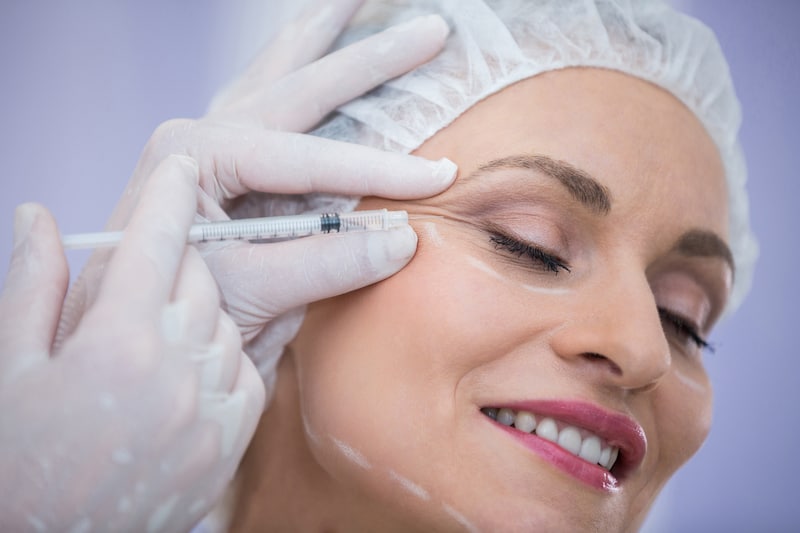Botox has helped many people achieve a younger appearance over the years and can do the same for you. Most people are likely familiar with the procedure, but they may be hesitant to try it for themselves for fear of the unknown. This post will serve as an informational guide outlining the treatment and what it can do to help you.
If you still have lingering questions after reading this post, a qualified Botox dermatologist would be happy to answer your questions.
What is the History of Botox?
Ever since it was brought to the market in 1989, Botox has been used to treat a variety of conditions that are both cosmetic and therapeutic in nature. Researchers have long known about the ability of the Botulinum toxin to reduce muscle spasticity and activity in an area when it is appropriately used, but early scientists could never have foreseen the incredible capability Botox would bring to the medical and dermatological world.
What Conditions Can Botox Treat?
Many of the cosmetic uses of Botox are familiar to most people. For example, Botox can very effectively treat wrinkles, laugh lines, and crow’s feet.
What is often surprising to many, is the fact that Botox can also help with a variety of medical conditions. The injections have been successfully used to decrease the symptoms of hyperhidrosis (uncontrolled sweating in certain body areas), TMJD (temporomandibular joint disorder), and certain types of headaches.
Does Botox Last a Long Time?
By current estimates, most people can expect their Botox treatment to last for roughly 3 months, but maybe even 6 months. Those who receive regular treatments seem to see results last for longer stretches of time.
How Long Does It Take for Botox to Work?
Most people report that they notice results roughly a week after injections, but the best results can sometimes take up to 2 weeks to appear. This timeline varies significantly from person to person. You won’t know until you try!
Are there Any Serious Side Effects from Botox?
Generally, no. Botox is a safe treatment and the majority of side effects that have been reported are ones that most people might assume anyway due to the nature of the treatment. Patients can expect to experience some mild soreness, bruising, and irritation at the injection site, which typically clears up within a few days.
Slightly rarer complications include facial drooping and headaches. These conditions may take slightly longer to resolve, but will usually clear up without medical intervention.
What Should I Do Before and After Botox Treatment?
Before your Botox treatment, your dermatologist’s office will provide you with thorough instructions. Often, certain foods should be avoided for a few days before the treatment in order to minimize the risk of bruising.
After your injections, you’ll want to avoid letting your head fall below your waist and you should not perform heavy physical activity for a few hours.
However, in general, Botox can be done on an average lunch break and most patients will experience only very minor soreness.
Are you ready to get your first Botox treatment? If so, call an experienced Botox dermatologist or visit Botox Clinic in Norwich today!

